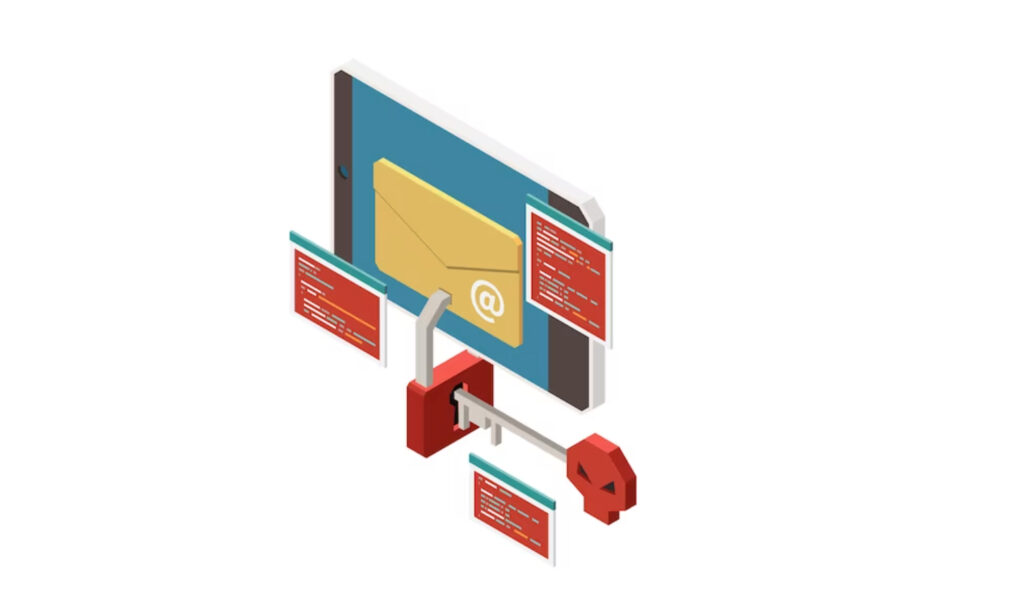Email marketing segmentation is a crucial strategy for digital marketers and business owners to optimize their email campaigns. By dividing your email list into targeted segments, you can deliver personalized content, increase engagement, and improve overall campaign performance. In this article, we will explore the concept of email marketing segmentation, its benefits, and effective strategies to implement it.
Understanding Email Marketing Segmentation
Email marketing segmentation involves categorizing your email subscribers into distinct groups based on specific characteristics, interests, or behaviors. This allows you to send relevant content to each segment, increasing the chances of engagement and conversions.
Benefits of segmenting your email list:
- Improved relevance: Delivering personalized content to your audience increases engagement and relevance.
- Higher open and click-through rates: By sending tailored emails, you can grab the attention of your subscribers and encourage them to take action.
- Increased conversions: Targeting the right audience with personalized offers and recommendations leads to higher conversion rates.
- Reduced unsubscribes: By sending content that aligns with subscribers’ interests, you minimize the risk of unsubscribes.
Types of email marketing segmentation:
- Demographic segmentation: Dividing your audience based on attributes such as age, gender, income, and occupation.
- Geographic segmentation: Targeting
- geographically specific segments by dividing your audience based on location, such as country, city, or region.
- Psychographic segmentation: Grouping your audience based on their interests, values, attitudes, and lifestyle choices.
- Behavioral segmentation: Segmenting your audience based on their actions, such as past purchases, website activity, or email engagement.
Effective Strategies for Email Marketing Segmentation
Start by collecting valuable data from your subscribers through sign-up forms, surveys, or preference centers. Gather information that is relevant to your segmentation goals, such as demographics, interests, or preferences.
Leverage analytics tools to gain insights into your audience’s behavior, engagement patterns, and preferences. Use this data to identify common characteristics and trends among your subscribers.
Develop detailed buyer personas that represent different segments of your audience. These personas should encompass demographic information, motivations, pain points, and goals. Personas help you understand your audience better and tailor your email content accordingly.
Divide your email list into segments based on demographics, such as age, gender, or location. Additionally, segment based on preferences and interests, using data collected through surveys or website behavior. This allows you to send targeted content that resonates with each segment.
Utilize dynamic content and personalization techniques to create personalized email experiences. Customize the content, subject lines, and call-to-actions based on each segment’s preferences and past interactions with your brand.
Continuously analyze the performance of your segments and make data-driven adjustments. Conduct A/B tests to refine your email content, timing, and segmentation criteria. Monitor key metrics such as open rates, click-through rates, and conversion rates to gauge the effectiveness of your segmentation strategy.
Best Practices for Targeted Email Marketing
Write attention-grabbing subject lines that pique the interest of each segment. Use personalization tokens, emotional triggers, or urgency to entice subscribers to open your emails.
Create tailored content that speaks directly to the interests and needs of each segment. Consider their preferences, pain points, and motivations to provide value and relevance in your emails.
Set up automated workflows and triggered emails based on specific user actions or behaviors. This ensures timely and relevant communication with your audience, increasing engagement and conversions.
Continuously test different elements of your emails, such as subject lines, layouts, or calls-to-action, to optimize performance. Use A/B testing to compare the effectiveness of different variations and make data-driven decisions.
Regularly monitor key email metrics to gauge the success of your campaigns and segments. Track open rates, click-through rates, conversion rates, and unsubscribe rates to identify areas for improvement and optimize your email marketing efforts.
Conclusion
Email marketing segmentation is a powerful strategy to target the right audience and maximize the results of your email campaigns. By implementing effective segmentation techniques, personalizing your content, and continually optimizing your approach, you can enhance engagement, conversions, and overall ROI. Start leveraging email marketing segmentation to connect with your audience on a deeper level and achieve greater campaign success.


